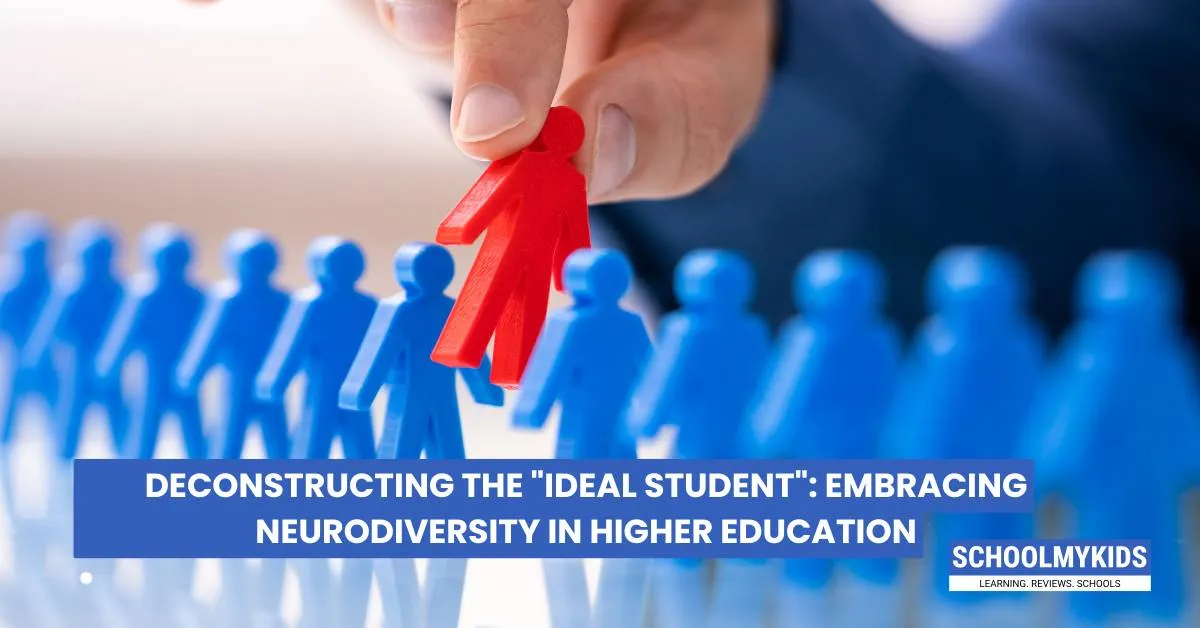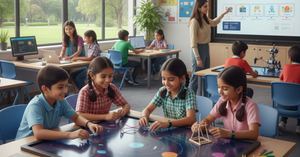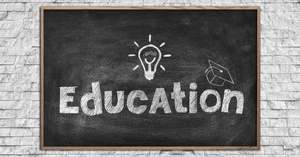Introduction
For decades, higher education has favored a narrow image of the "ideal student"—organized, outspoken, quick to adapt, and naturally high-achieving. But in reality, students come with different brains, strengths, and ways of processing the world. Neurodiversity, which includes conditions like autism, ADHD, dyslexia, and more, challenges universities to rethink who they’re truly serving and how.
Why the “Ideal Student” Model Falls Short
Traditional academic structures assume that all students can concentrate for long lectures, follow rigid schedules, and process information in the same way. Neurodiverse students often struggle in such environments, not because they’re less intelligent, but because the system wasn’t designed with them in mind. The pressure to conform often leads to anxiety, burnout, and, in many cases, withdrawal from academic life.
Understanding Neurodiversity
Neurodiversity is the idea that brain differences are natural variations of the human experience—not flaws to be corrected. Students with ADHD might be spontaneous thinkers and hyper-focused in areas they love. Autistic students may be deeply detail-oriented or excel in pattern recognition. Dyslexic learners often shine in visual thinking and creativity. These strengths are often hidden under labels of “difficult” or “different.”
How Colleges Can Start Embracing Inclusion
Inclusivity begins with acknowledging that one-size-fits-all education doesn't work. Simple changes like offering recorded lectures, flexible deadlines, or alternative formats for assignments can make a huge difference. Using color-coded timetables, chunked tasks, or clear, jargon-free instructions can help neurodiverse students process information more comfortably.
Additionally, academic advisors trained in neurodiversity can guide students in identifying their learning preferences and strengths, not just their struggles.
Universal Design for Learning (UDL)
Many inclusive campuses are adopting the Universal Design for Learning approach, which involves designing content and experiences that benefit all students—not just those with specific needs. By providing multiple ways to engage with material (text, visuals, audio), demonstrate knowledge (exams, projects, portfolios), and stay motivated (self-paced timelines, personalized goals), UDL improves learning for everyone.
Rethinking Assessment and Participation
Participation doesn’t always mean raising your hand in class. Written forums, one-on-one sessions, and creative submissions allow quieter or differently wired students to shine. When assessments are diverse—not just written tests but also oral, project-based, or experiential—it allows a fuller expression of intelligence.
Creating Safe, Supportive Communities
Peer mentors, support groups, and campus clubs for neurodiverse students can provide vital emotional safety. These spaces reduce feelings of isolation and offer encouragement from those who understand. Faculty training is just as important—professors should know how to recognize signs of neurodiversity and respond with patience, flexibility, and empathy.
Conclusion
Every student deserves to feel seen, heard, and supported in their educational journey. Embracing neurodiversity means recognizing the richness of minds that think differently. It’s time universities moved beyond the narrow definition of the “ideal” student and built classrooms that celebrate every kind of learner.








Be the first one to comment on this story.